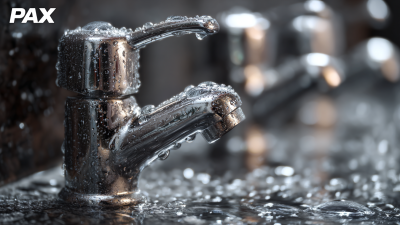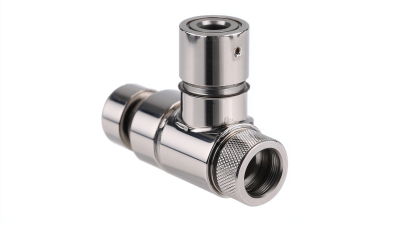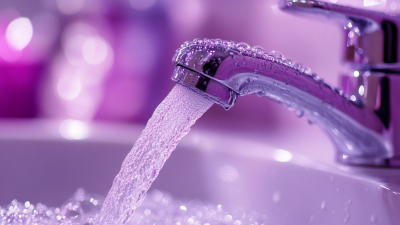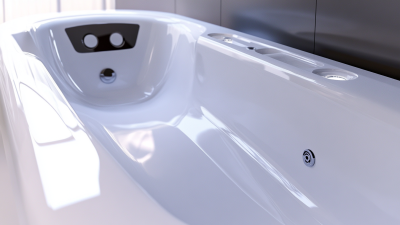When it comes to selecting the right fixing set for faucet installations in your home, understanding the variety of options available is crucial. According to a report by the Home Improvement Research Institute, approximately 52% of homeowners overlook the importance of choosing the right components for faucet fixtures, which can lead to performance issues and costly repairs. Additionally, a survey by the Plumbing Manufacturers International indicated that improper installation due to subpar fixing sets contributes to nearly 30% of plumbing-related service calls. Hence, selecting an appropriate fixing set for faucet not only enhances the aesthetic appeal of your kitchen or bathroom but also ensures durability and functionality. This guide aims to navigate through the considerations required to make an informed decision on fixing sets for faucets, ensuring long-lasting and efficient plumbing fixtures in your home.
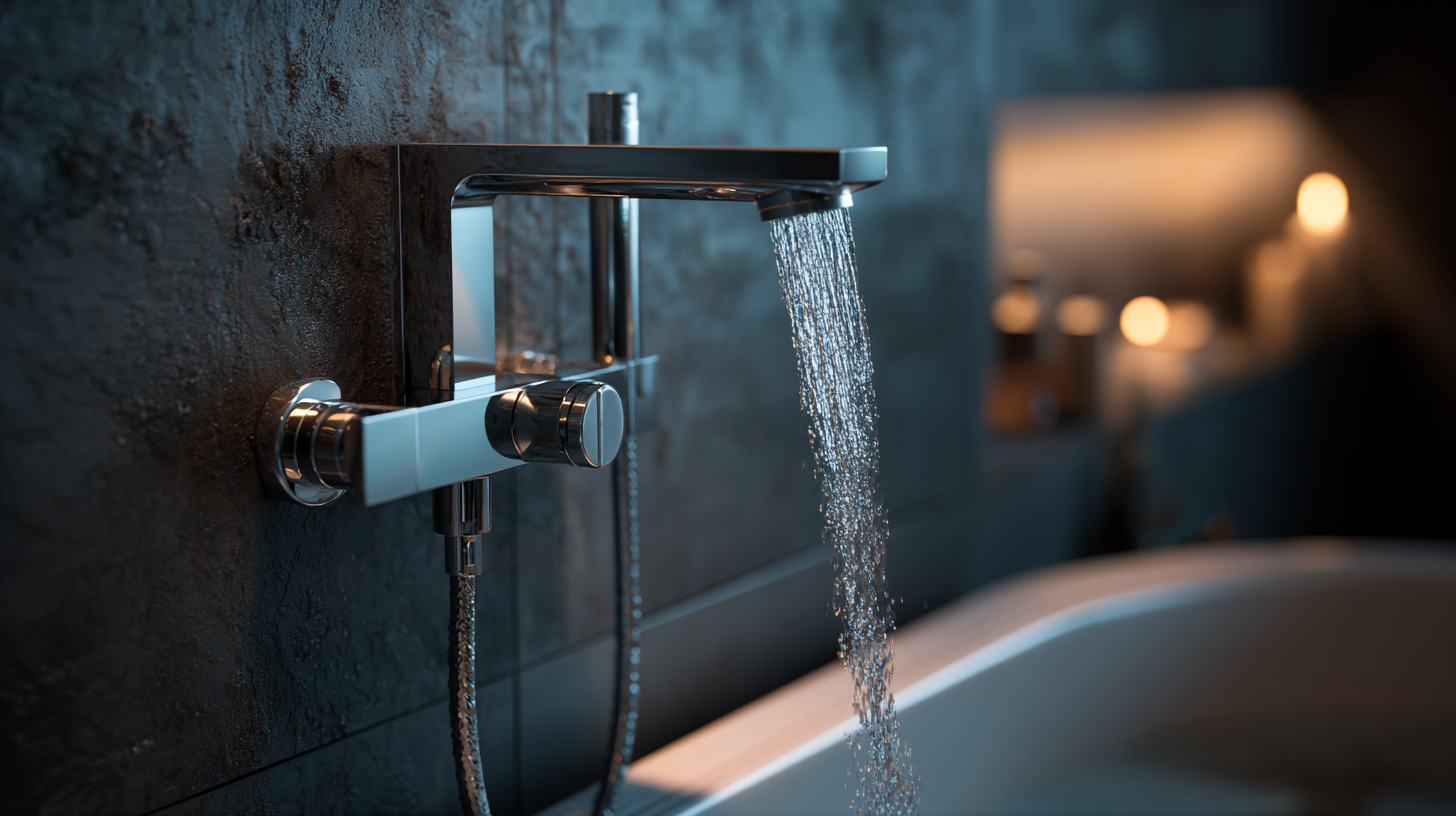
When it comes to choosing the right fixing set for your faucet, understanding the different types available is essential. Faucet fixing sets commonly include components such as nuts, washers, and mounting brackets, which are crucial for securing the faucet to your sink or countertop. There are various types, including compression and cartridge sets, each designed for specific faucet types. For example, compression fixing sets are often found in older models, while cartridge fixing sets are standard in modern faucets. It’s important to match the set with the faucet type to ensure a secure and leak-free installation.
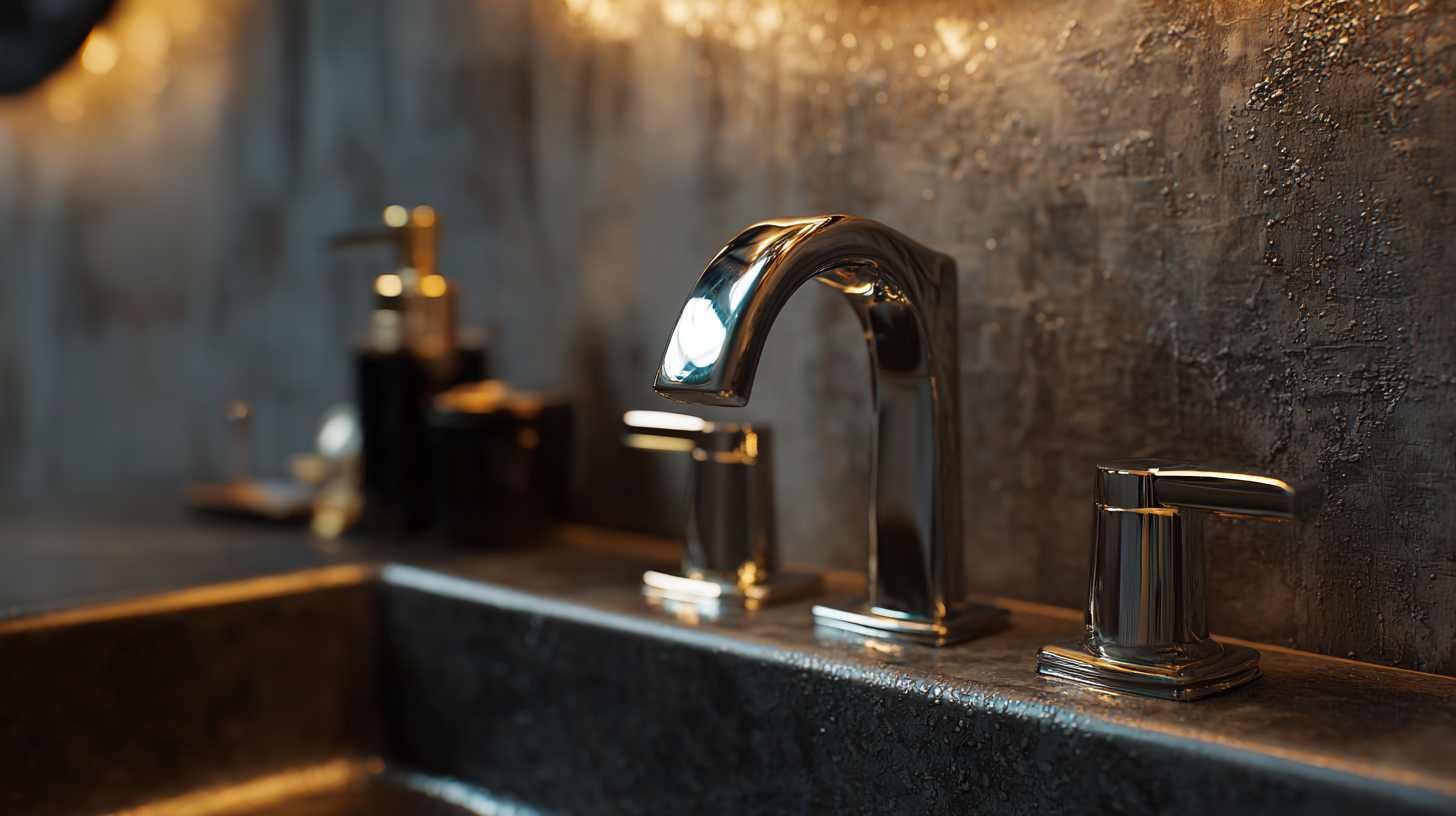
Tips: Before purchasing a fixing set, take a close look at your current faucet model. Check whether you need a compression or cartridge fixing set, as this will save you time and avoid unnecessary returns. Additionally, consider the material of the fixing components—stainless steel is known for its durability and resistance to corrosion, making it a wise choice for long-term use.
Another factor to consider is the application context. If you’re installing a kitchen faucet, the fixing set may differ from that of a bathroom faucet due to varying heights and water flow requirements. Familiarizing yourself with these details can help you make a more informed decision and enhance the performance of your faucet installation. Always consult the manufacturer’s specifications for compatibility.
When selecting the right fixing set for your faucet, understanding the materials involved can greatly influence your decision. Typically, faucet fixing sets are made from a variety of materials, each offering distinct advantages and disadvantages. For instance, brass is a popular choice due to its durability and resistance to corrosion, making it ideal for long-term use. However, brass can be more expensive than other options, which might not suit every budget.
On the other hand, plastic is a more affordable alternative that is lightweight and resistant to rust. While it provides ease of installation, plastic might not withstand high temperatures or heavy-duty use as effectively as metal options. Stainless steel is another material worth considering, as it combines strength with a sleek appearance, but it can still be prone to scratches and dents over time. By weighing the pros and cons of these materials, homeowners can make an informed choice that best fits their individual needs and preferences.
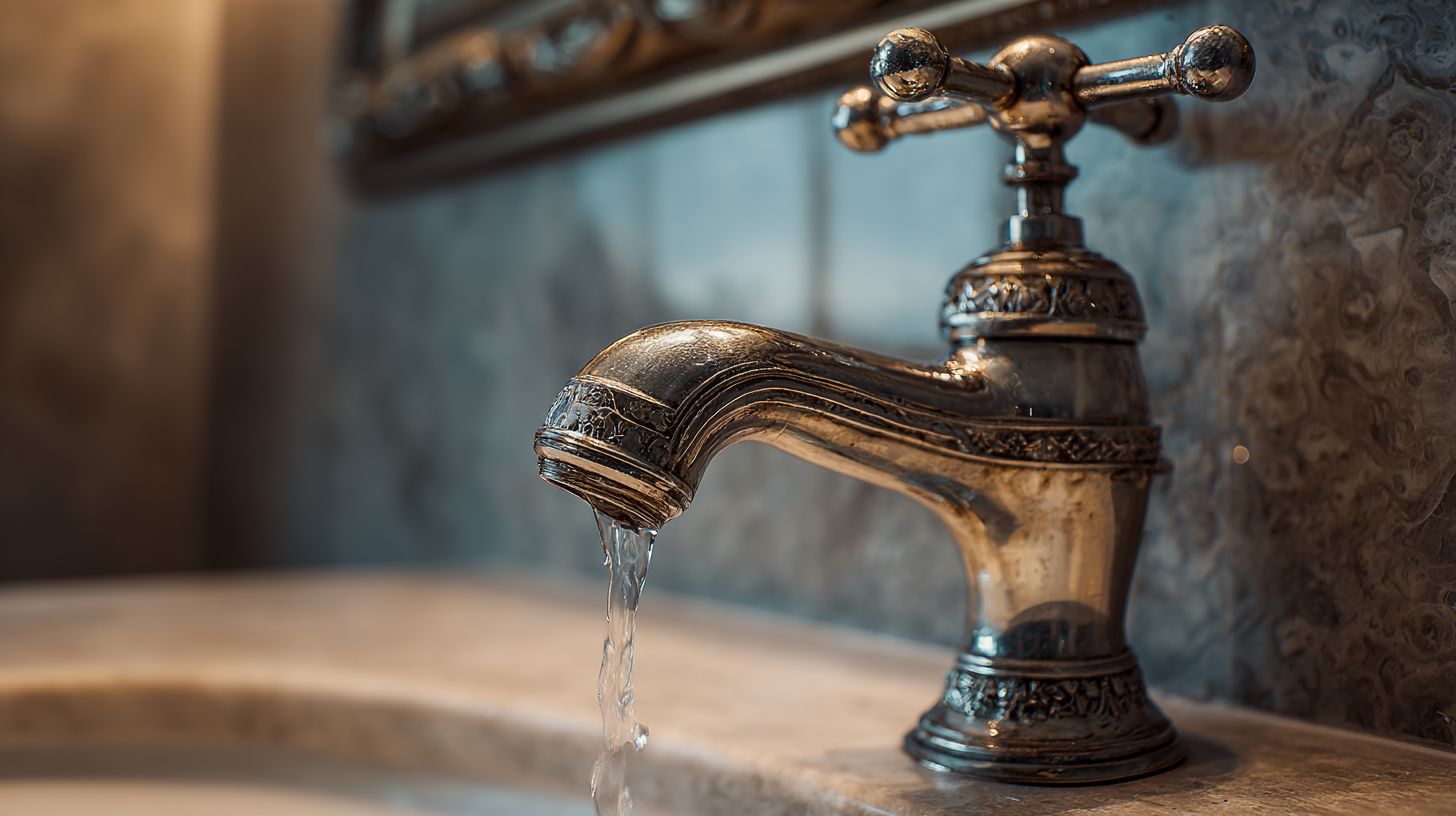
When choosing the right fixing set for your faucet, determining the correct size and compatibility is crucial. According to a report from the National Kitchen and Bath Association, nearly 80% of homeowners experience issues due to improper fitting during installation. Knowing the specifications of your faucet, such as its spout height and mounting type, helps you avoid these common pitfalls. Always measure the existing fixtures and consult the manufacturer’s guidelines before making a purchase.
Tips: Use calipers or a measuring tape to get precise measurements of your faucet and countertop space. Additionally, research the standards in your area for plumbing installations, as they can inform you of any compatibility concerns specific to your local regulations.
Compatibility also extends to the materials used in your fixing set. Many experts recommend stainless steel or brass components for durability and corrosion resistance. A study conducted by the American Society of Plumbing Engineers indicates that using high-quality materials significantly enhances the longevity of plumbing fixtures. Choosing a fixing set that matches the material of your existing plumbing not only ensures a smoother installation but also helps maintain your faucet’s performance over time.
When selecting a fixing set for your faucet, ensuring a secure fit is crucial to avoid any leaks or installation issues later on. Begin by carefully reading the manufacturer's instructions that come with your faucet and the fixing set. Many products are designed with specific requirements regarding the types of screws, washers, and other hardware needed for optimal installation. Familiarizing yourself with these details can help prevent common mistakes that may occur if incompatible parts are used.
Before starting the installation, prepare your workspace by gathering all necessary tools, such as a wrench, screwdrivers, and pliers. It’s also beneficial to clean the mounting area thoroughly to ensure a good seal. When fitting the fixing set, tighten the screws gradually, applying even pressure to avoid over-tightening, which can lead to damage. Double-check the alignment of the faucet, and test for stability once installed. Following these tips will help ensure your faucet fixing set provides a firm and leak-free installation, enhancing both the performance and longevity of your faucet.
When it comes to maintaining your faucet fixing set, regular upkeep can significantly extend its lifespan. One important practice is to routinely check for leaks. Even small leaks can lead to larger issues over time. Inspect the parts regularly, especially around the joints and valves, and tighten any loose components. This not only helps in conserving water but also prevents the need for more extensive repairs later.
Additionally, clean the faucet fixtures and fixing set periodically to remove any accumulated mineral deposits. Using a gentle, non-corrosive cleaner is crucial to avoid damaging the finish. A mixture of vinegar and water can effectively dissolve buildup while being gentle on surfaces. To maintain optimal function, consider applying plumber's grease to moving parts during your cleaning routine. This will ensure smooth operation and further protect against wear.
**Tips:**
1. Schedule at least a seasonal inspection for your faucets to catch any minor issues early.
2. Store spare parts for your fixing set in a dry place to avoid rusting or degradation.
3. Always follow manufacturer guidelines for specific maintenance recommendations for your faucet model.
